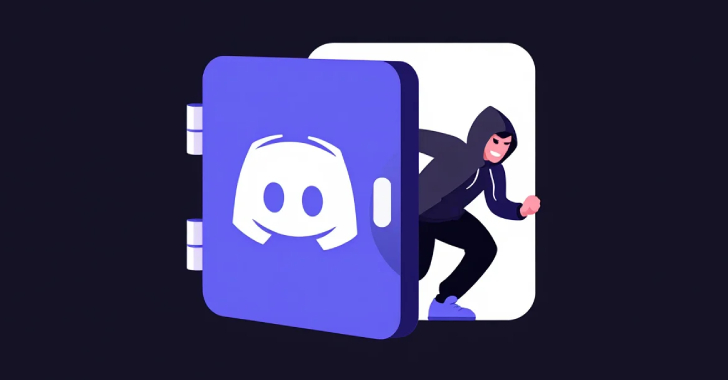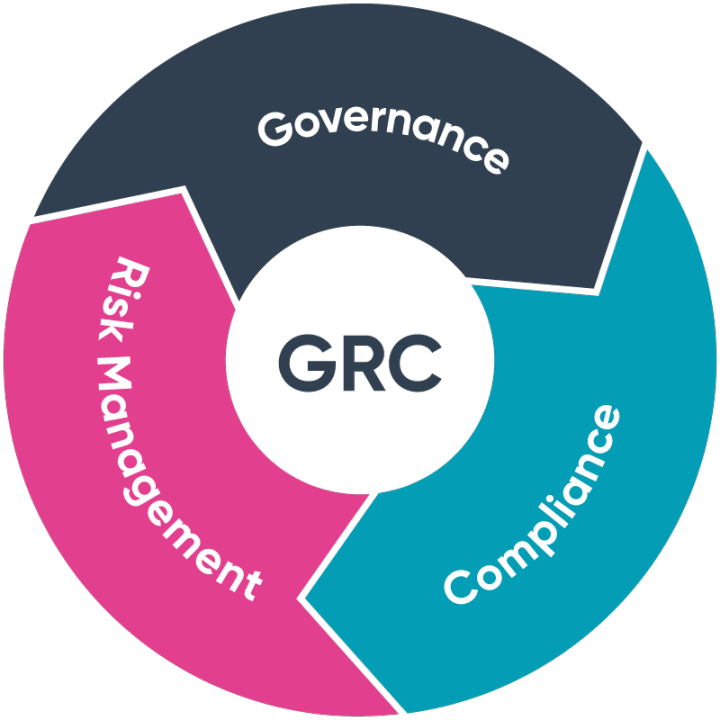The time has come. Your kids are chafing at the bit to get on social media and you can no longer hold them back. But you’re terrified. ‘What if they say the wrong thing? What if they meet some unsavoury types or worst case, what if they get bullied?’ I hear you – everything you are concerned about is completely normal and totally valid. But this is not the time to put your head in the sand people, tempting as it is.
So, make yourself a cuppa. I’m going to run you through the basics so you can get your offspring (and yourself) through this quite significant moment in the best shape possible.
How Old Does My Child Need To Be?
Ah, such a tricky question!! While there is no specific Aussie law that dictates the minimum age kids need to be to join social media, most social media platforms require their users to be 13 years old to set up an account. This is a result of a US federal law, the Children’s Online Privacy Protection Act (COPPA) , which affects any social media platform that US citizens can join. So, therefore it affects nearly all social media platforms worldwide.
But let’s keep it real – most kids join before they are 13. Some do with the consent of their parents, but many don’t. So, if your kids are consulting you on their move into social media, then pat yourself on the back. You’ve done a great job in keeping the lines of communication open and staying relevant. But if yours just charged ahead without involving you (like some of mine did) then it’s still not too late to be part of their journey.
In my opinion, there is no simple answer. A one size fits all approach doesn’t work here. Some kids mature faster than their peers, others may have a bigger dose of emotional intelligence and instinctively understand the ramifications of poor online behaviour. Some kids are more resilient and robust while others are more sensitive. There are so many things to consider when advising but ultimately, this is your call as a parent.
How Can I Keep Them Safe?
This is where many of us can come unstuck because it can feel so overwhelming knowing where to start. But don’t worry – I’ve got you. I’m going to give you 5 things that you can action that will make a huge difference to your kids’ online safety. And these strategies are relevant to all of us parents – regardless of whether your kids are new to social media or old hands!
1. Communication, Communication, Communication
I can’t stress enough just how important it is to have real conversations with your kids about all aspects of their lives, including the digital part. Asking them what they do online, why they like a certain app and who they play online games with are just some of the ways of starting a conversation. I am also a fan of sharing details of your online life with them too. Whether its sharing new apps with my kids, funny posts, or relevant news articles, I think if I regularly demonstrate that I get social media then I generate a little ‘tech cred’. And when you’ve got ‘tech cred’, they are more likely to come to you when things aren’t going swimmingly. And that’s exactly what we want as parents!
2. Create a Family Digital Contract
I love the idea of a clear contract between parents and kids that details your expectations about their online behaviour and technology use. It’s a great way of developing a set of guidelines that will help them navigate some of the risks and challenges associated with being online. Now, this agreement should be a family exercise so ensure your kids are invested in the process too. If you want a starting point, check out this one from The Modern Parent here.
3. Passwords
Without a doubt, one of the most powerful ways to stay safe online is to ensure you have super duper passwords for each of your online accounts. So, take some time to ensure your kids have got this covered. Every online account needs its own individual password that should have no link to your child’s name, school, family, or favourite pet. I’m a big fan of a crazy sentence – I find they are easier to remember. If you include at least one capital letter, a few numbers, and symbols then you’re doing well. Password managers can be a great way of remembering and also generating complex passwords. These can be a godsend when your list of online accounts grows. All you need to do is remember the master password. How good!
And ensure they know to NEVER share passwords. Tell them that passwords are like toothbrushes – never to be shared! That always worked with my boys!
4. Turn Privacy Settings On
Unless you are proactive, privacy settings on social media platforms will remain on the default setting which usually means public. Now, this means that anyone who has access to the internet can view the posts and photos that you share whether you want them to or not. Now, this is not ideal for anyone but particularly not a young tween who is trying to find their feet online.
So, take some time to help your kids turn activate the privacy settings on all their online accounts. Turning their profile to private will give them more control over who can see their content and what people can tag them in.
5. Get Technology Working for You
There is some amazing technology that can really help you, help your kids stay safe. Installing security software on your kids’ devices is essential. McAfee+, McAfee’s new ‘all in one’ privacy, identity and device protection is a fantastic way to ensure all your family members are protected online. It features identity monitoring and a password manager but also an unlimited VPN, a file shredder, protection score and parental controls. A complete no brainer!
What Happens If Something Goes Wrong?
My absolute hope is that your kids’ social media career is smooth sailing. However, with four kids of my own, I know that curveballs and challenges are often inevitable. But if you’ve developed an open line of communication with your kids and possibly even generated a little ‘tech cred’, then it is likely they will reach out to you if things go awry.
Depending on the issue they are experiencing, you may just need to talk them through the situation. Perhaps they need help understanding they should have expressed something in a less inflammatory way or that they may be over-reacting to a comment. It may be helpful for you to work with them to develop an action plan or formulate a response to someone who is perhaps being a bit tricky.
But if they have experienced behaviour that you consider to be unacceptable, then you may need to take further action. I always recommend taking screen shots of concerning behaviour online. These may be important if you need to take further action down the track. Once you’ve taken screen shots, then block the person who is causing your child grief. You can also report the behaviour to the social media platform. If the perpetrator goes to the same school as your child, then I would approach the school and ask them to assist. If the situation is super serious, you can always report it to the Office of our ESafety Commissioner in Australia or the Police who can both work with social media platforms.
Congratulations! You have completed the basic course in social media parenting. I know letting them go can feel quite terrifying, but I know that if you cover off the basics and keep talking to them, then you’re setting them up for success online.
Over to you now, mum and dad!
Good luck!
Alex
The post 5 Minute Parent’s Guide to Social Media appeared first on McAfee Blog.




